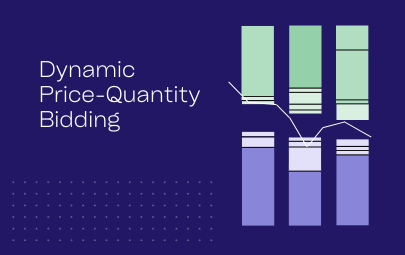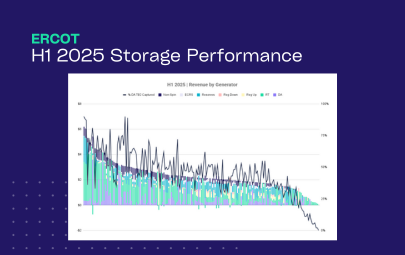Leaders in energy storage gathered in San Diego last week to share insights into storage operations and management. At this year’s Battery Asset Management Summit, it was clear that the next phase of energy storage growth will be defined by operational excellence.
Across panels, hallway conversations, and drinks at happy hour three clear themes emerged.
[1] Batteries will play a pivotal role in the grid of the future
IPPs and LSEs alike are prioritizing battery installations. Event attendees shared a variety of use cases that these versatile assets will serve in their energy portfolios – all of which are compelling and uniquely achieved through energy storage.
- Supplement existing generation: adding storage to existing solar and wind facilities to help manage curtailment, shift energy into periods of higher demand, improve project profitability
- Serve new load: Increase capacity to support new, energy hungry developments such as data centers.
- Shave peak demand: discharge in the highest demand periods to lighten the load on the grid and reduce reliability risks.
- Bolster profitability and/or enhance ratepayer value: increase project revenue through a variety of channels from merchant operations to capacity payments to incentive project participation and more.
The range of applications highlights how batteries are filling critical gaps across the grid and in project portfolios. Storage has moved beyond a “nice to have” addition — it’s now a core enabler of profitability, reliability, and growth across the energy landscape.
[2] Nimbleness is key to successful storage operations
As storage portfolios expand across ISOs and market rules continue to evolve, flexibility has become a defining trait of successful operators. The most effective teams are those that can adapt quickly — to new regulations, new market structures, and evolving price signals.
This nimbleness needs to span both teams and the tools they rely on.
Let’s take the upcoming market change in ERCOT, Real-Time Co-Optimization plus Batteries (RTC+B), for example. The operators and optimizers that feel most confident heading into the December 5th go-live have been preparing for months — updating their systems to handle both the “plumbing” (bid submission formats, award parsing, telemetry integration) and the commercial optimization logic that drives real-time bidding and dispatch decisions.
Even with extensive preparation, most agreed that iteration will be essential once the new market design takes effect. As price formation stabilizes in the weeks following launch, operators who can recalibrate their models quickly — and evolve their approach based on real data — will have a clear advantage.
[3] Operators need effective software + an ability to remain in the loop
Energy markets move too fast, and the optimization puzzle is too complex, for fully manual solutions to be effective. Each asset must navigate a web of market products, dynamic prices, shifting generation forecasts, and a myriad of constraints such as shared POIs, and must-offer obligations. Optimizing against that backdrop requires advanced software built to handle both speed and complexity.
But many don’t want to rely on automation alone. And they shouldn’t have to. Traders and operators bring valuable market intuition and strategic judgment that can complement what the algorithms deliver. As such, they need tools that allow them to shape strategy, apply their expertise, and intervene when needed.
That means software must offer two things: control and clarity. Users need simple, reliable ways to make changes within the product — and full transparency into what the system is doing at any given moment, and why. This level of transparency is beneficial beyond just strategy or bidding adjustments too. Whether reporting to executives, boards, regulators, or ratepayers, operators need clear visibility into the logic behind every bid and dispatch.
The combination of powerful automation and human oversight is what ultimately builds trust and drives top performance in battery operations.




